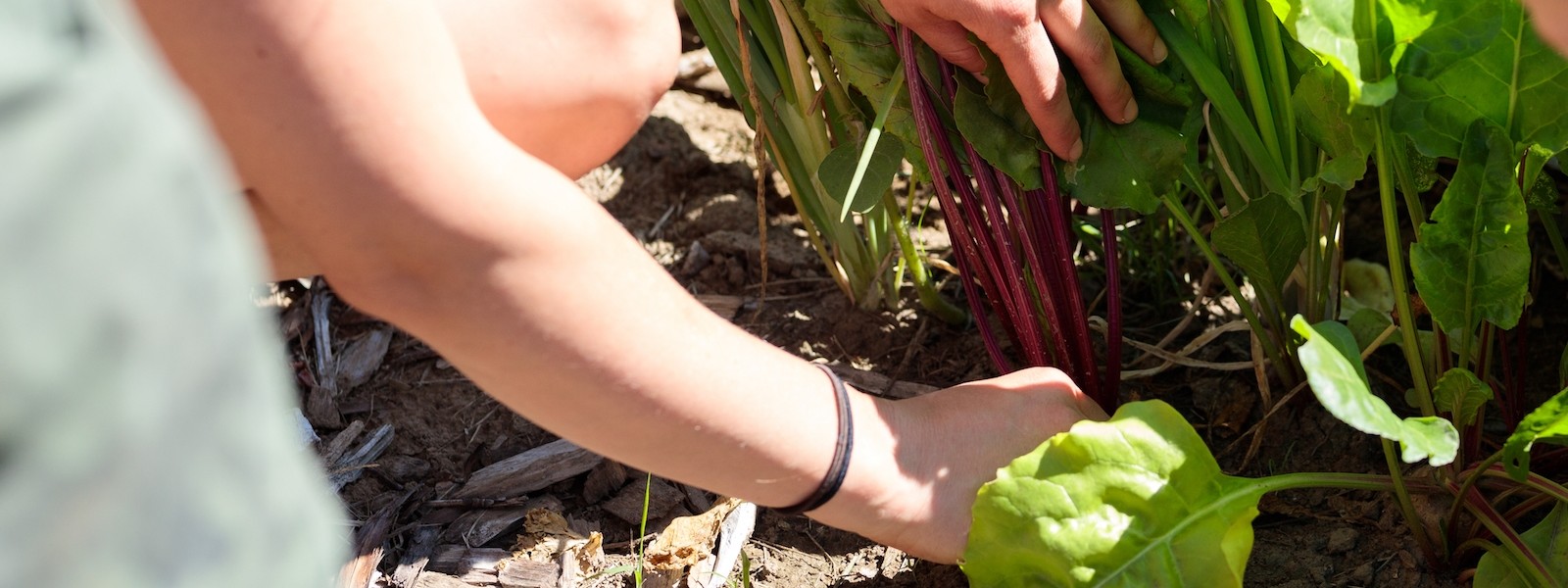Pest: Root Maggot
Root maggots particularly plague Brassica crops, able to detect easily your newly planted and delicate seedlings. Stop them before they become established!
Adults (1/5 inch long) are dark gray flies that look like the common housefly, only smaller. They lay their eggs in the soil at the base of host plants and are very good at detecting newly planted seed beds. Maggots (1/3 - 1/4 inch long) are small, yellowish white, legless larvae with tapered or pointed heads and a rear end that is blunt.

Life Cycle
Adults emerge in the spring or early summer from overwintering pupal cocoons in the soil. They soon mate and females begin depositing 50-200 small, white eggs in plant stems right at the soil line or in cracks in the soil near plant stems. Eggs hatch in a few days and the larvae burrow down into the soil to feed on small roots, root hairs, and germinating seeds. After feeding for 1-3 weeks, maggots begin to pupate in plant roots or the surrounding soil. There are several generations per year.
Plants They Attack
Particularly destructive to early season plantings, they feed underground on succulent roots and attack a large variety of vegetable crops including radish, cabbage, carrot, turnip, and onions. Specific types based on crop: i.e. Cabbage Root Maggots feed heavily on Brassica crops.
Spot the Damage
Heavily infested roots are often riddled with tunnels and beginning to rot. Affected plants lack vigor, may be stunted or yellowed, and often wilt during the heat of the day. In some cases, maggots may even chew through taproots, causing plants to die.
Preventative Actions
- Create heavy paper collars around the base of the plants to prevent any laying of eggs around the stem.
- Block access to susceptible seedlings by placing a lightweight spun fabric row cover tunnel (aka: remay cloth) over just after seeding. Seal the edges of the remay tunnel with soil to deter insects immediately.
- Till the soil, turning under any crop debris, immediately after harvest to upset any potential overwintering sites.
- Rotate susceptible crops to make sure that any overwintering adults will have no host.
- Plant resistant varieties. For example, red cabbages are often resistant.
- Hoe the soil around the plants to destroy any eggs if you spot the flies on the crop.
Live Biological Controls
Release beneficial nematodes into the soil around the plants to control the larvae.
Sources
CCF staff
Good Bug, Bad Bug by Walliser 2008
The Organic Gardener’s Handbook by Ellis and Bradley 1996

